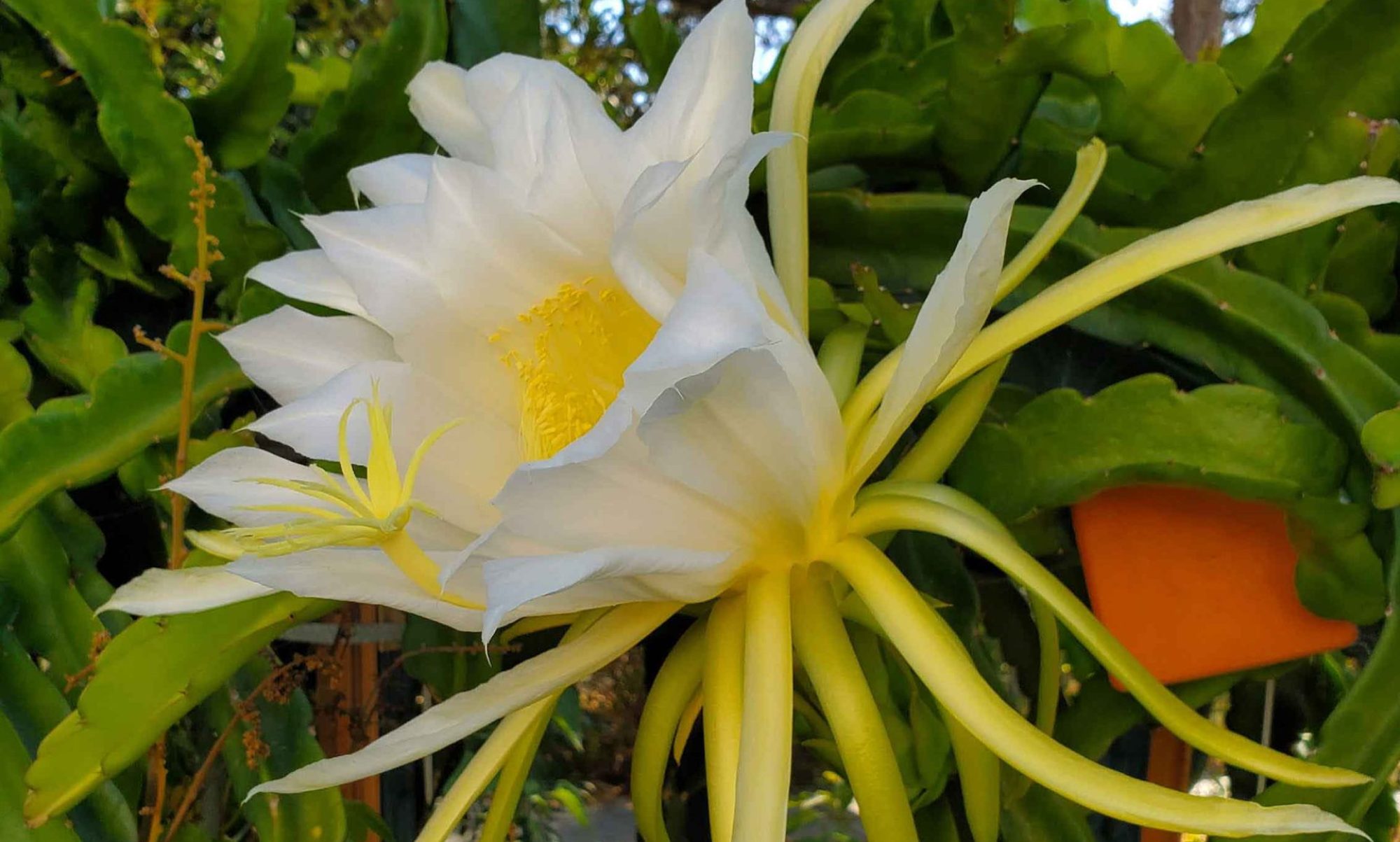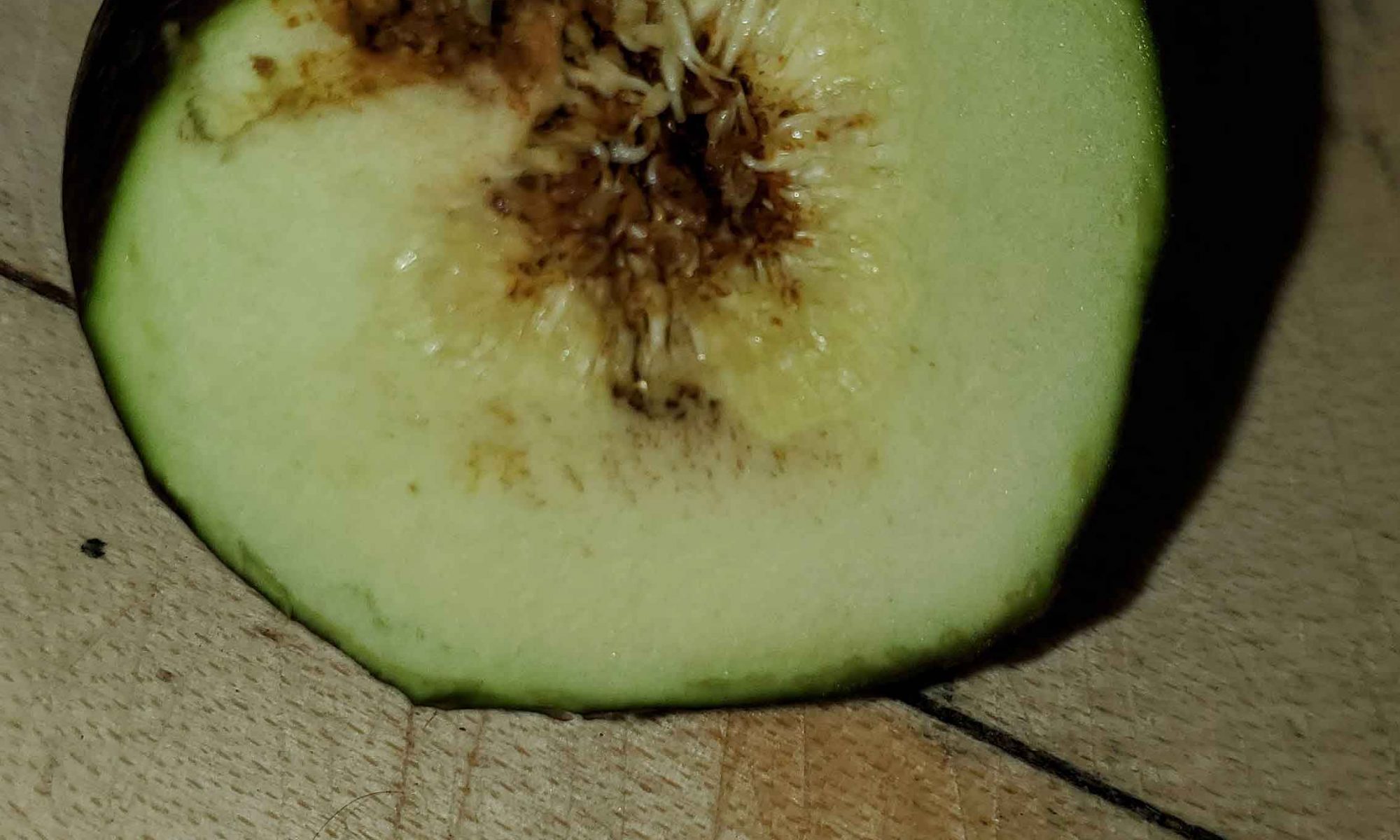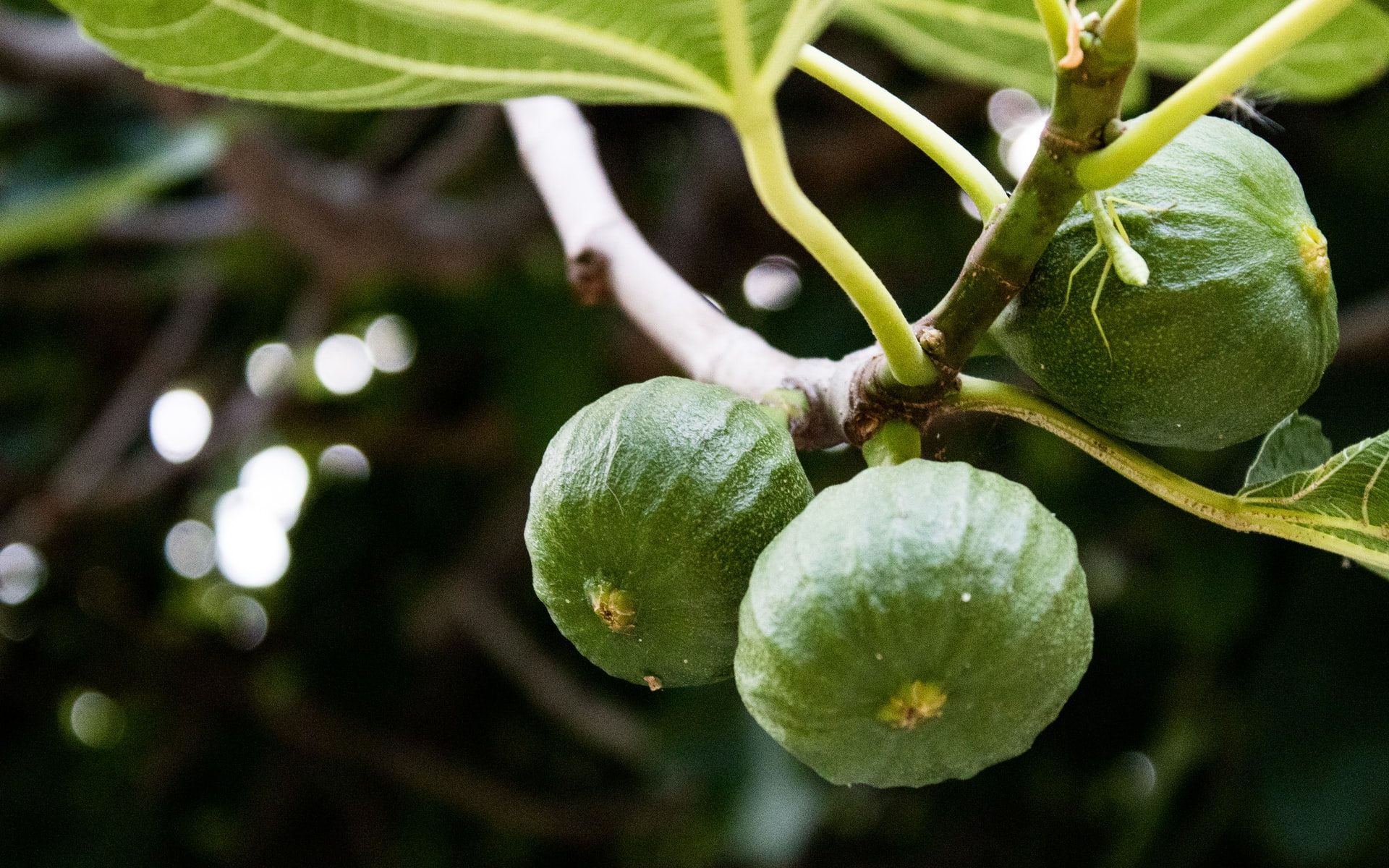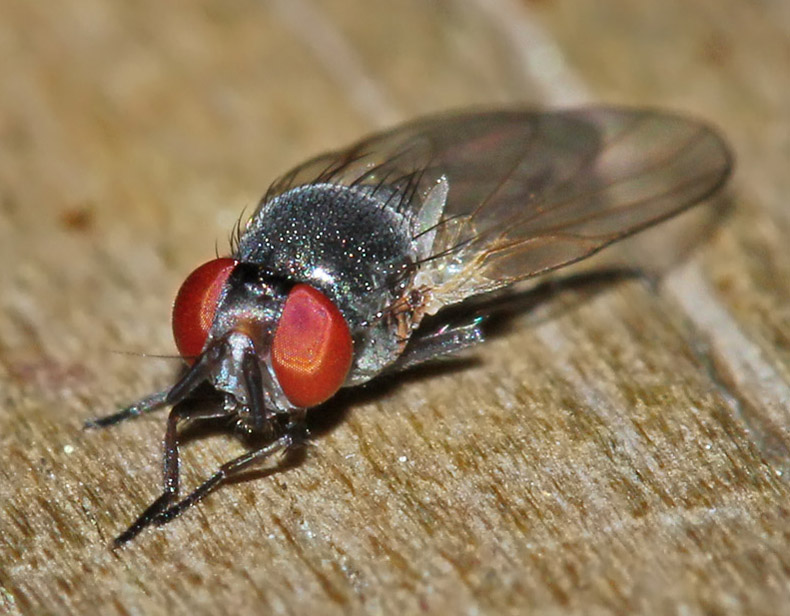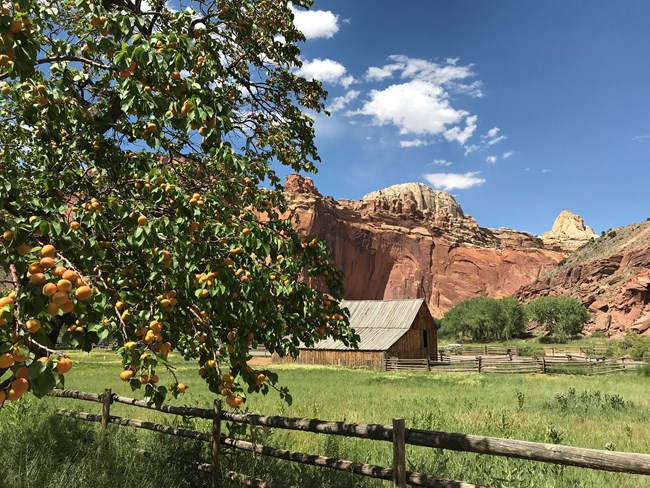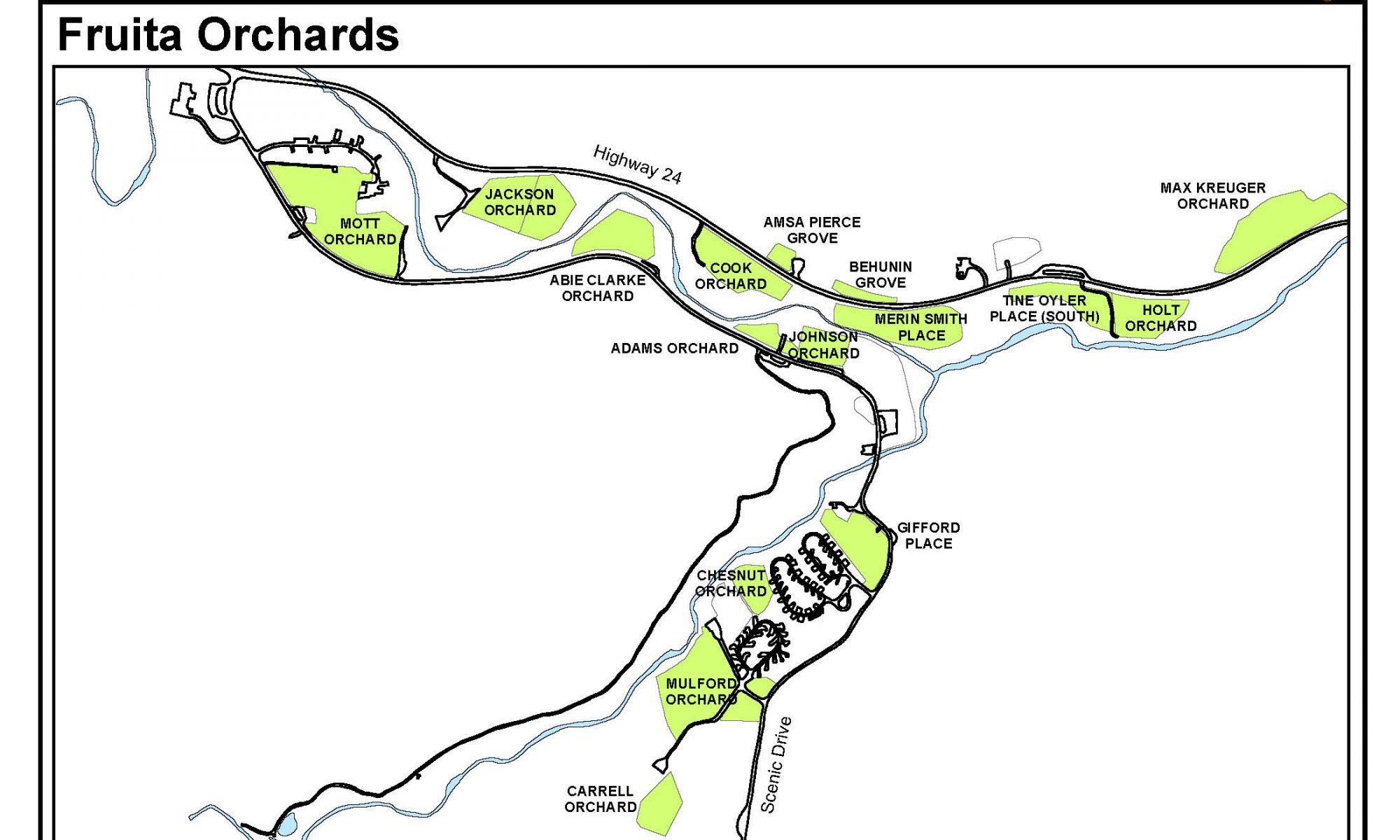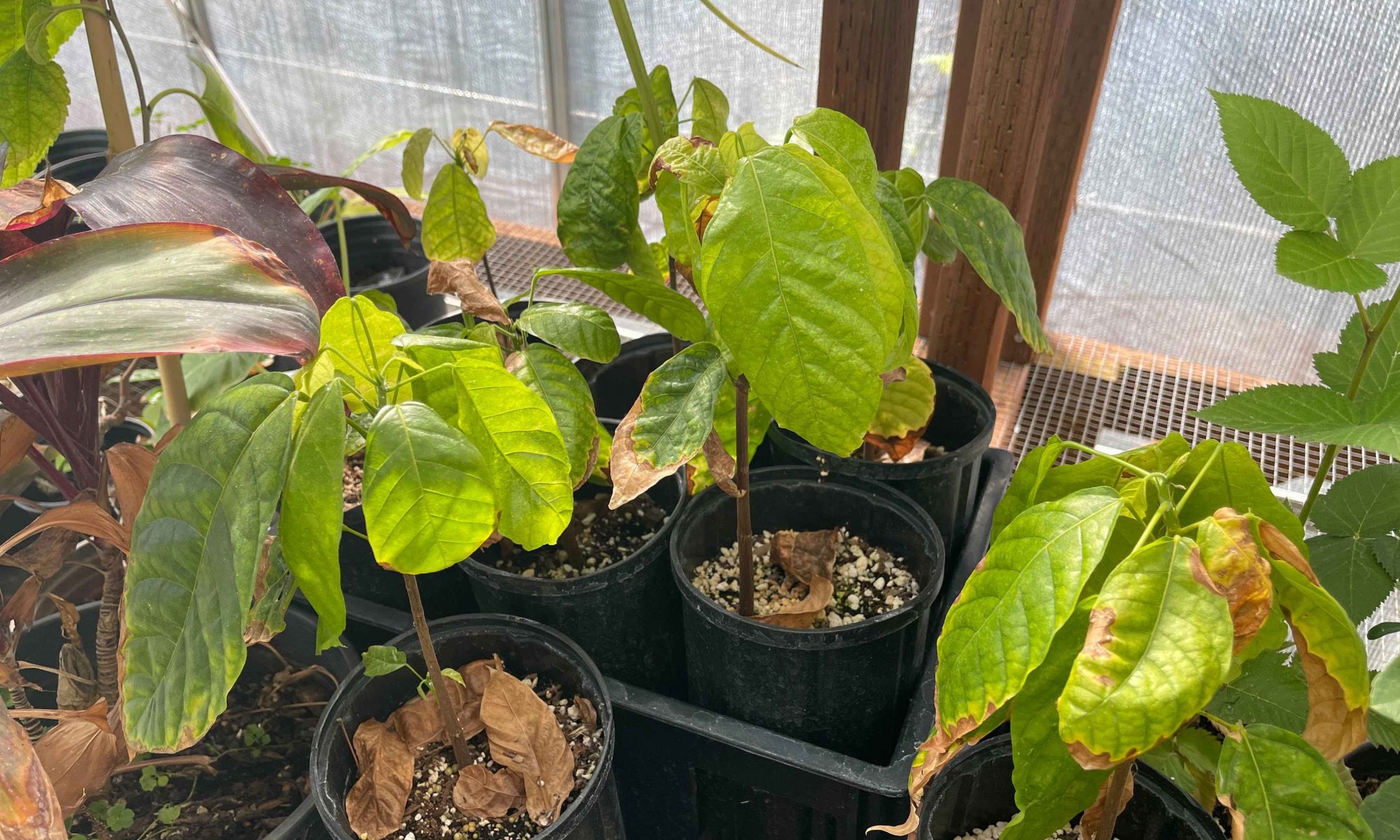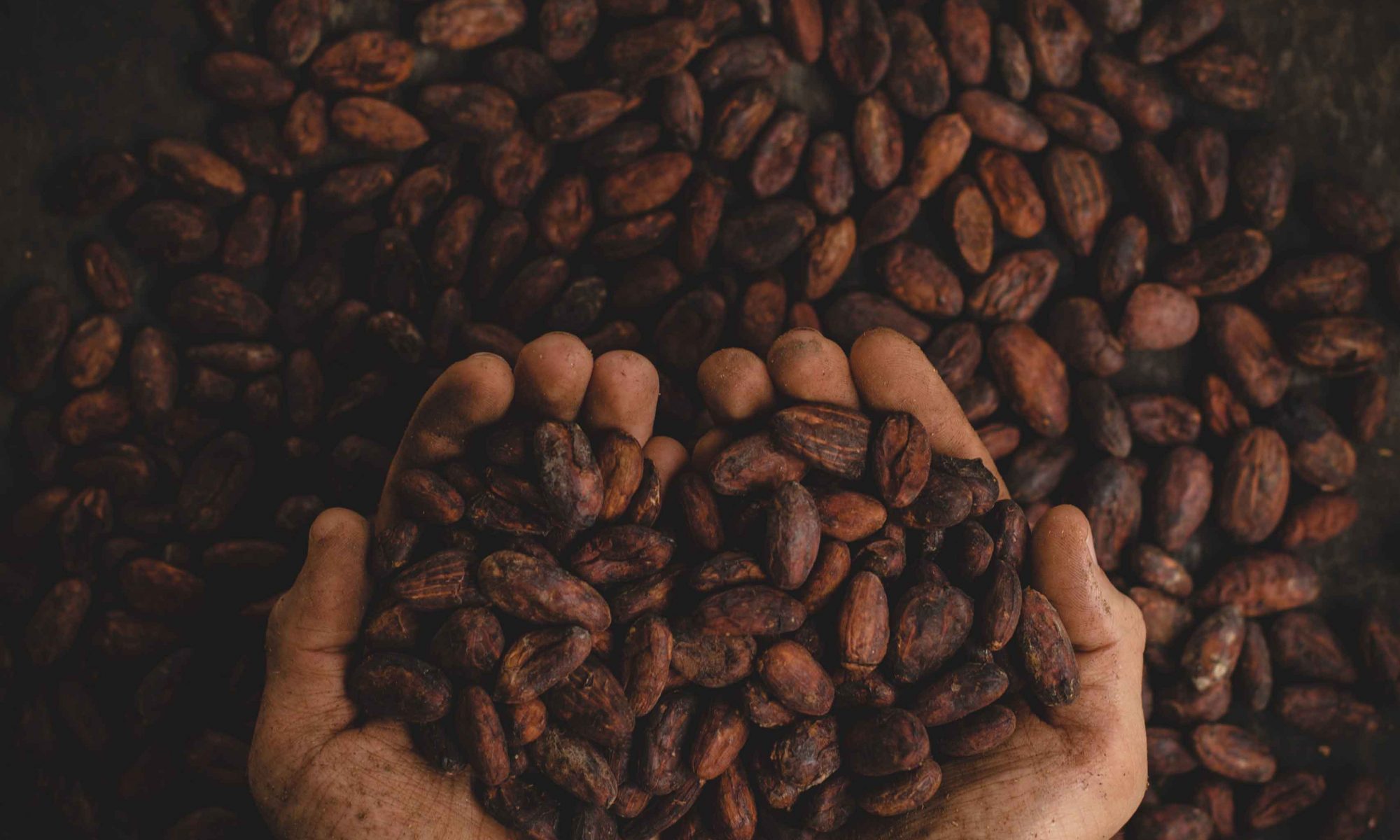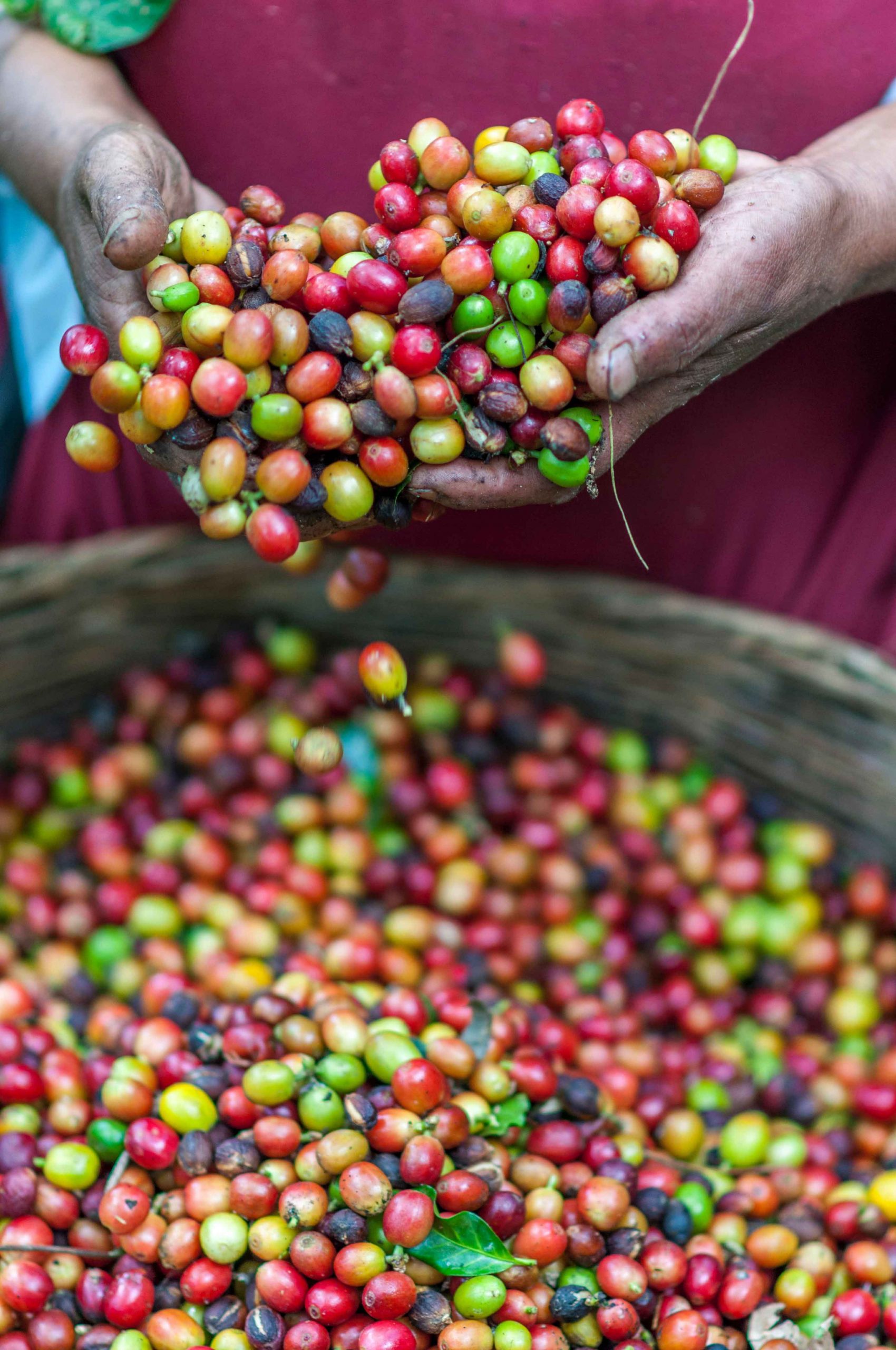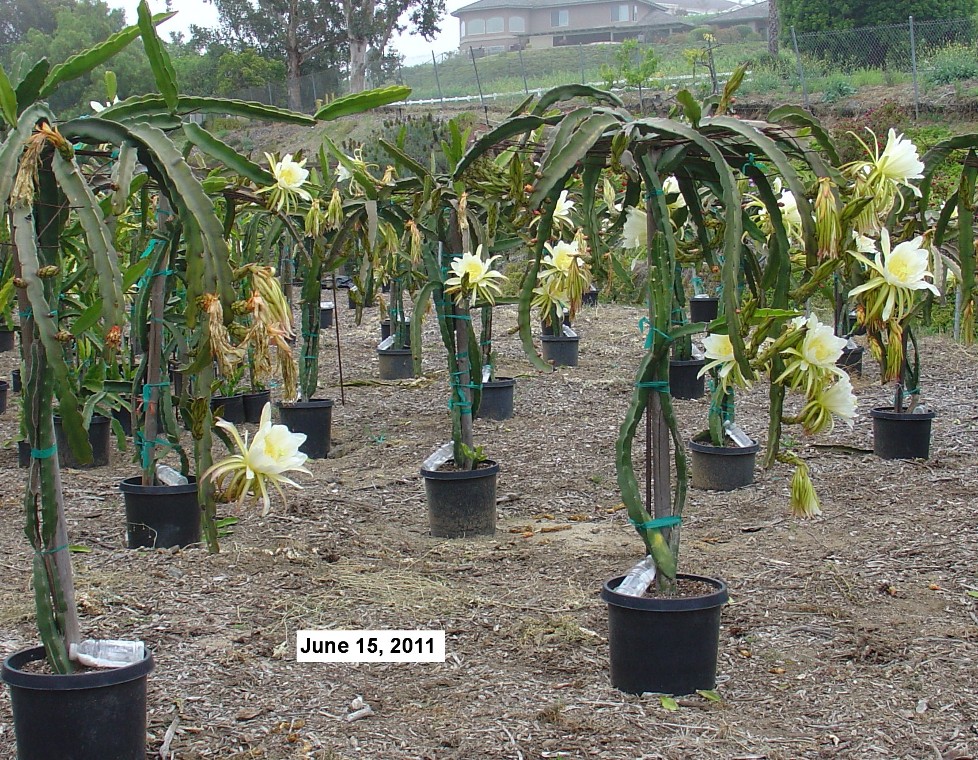As Sagi pointed out at today’s meeting, many fig growing areas around the world continue to be able to harvest crops despite the fact that this fly has been there for decades. The appearance of BFFF here is not a cause for total despair but it is definitely a reason to be vigilant in inspecting your figs, collecting and dissecting any that drop prematurely, safely disposing of any that are infested (NOT in compost or yard waste) and being very wary of accepting figs or potted fig plants from unknown sources.
If you do find larvae in your figs, please contact the CFDA.
If you don’t have them yet but are concerned, join the ourfigs. com forum for up to date discussions and advice.
A webpage that discusses different home brew lure recipes and a home-made trap is here. BTW, a 5mm hole in the US basically requires a 7/32nd drill bit.
I have just ordered 100 1.5 ml propylene test tubes if anyone wants some to try experimenting with lures. I also have some hexanol but thus far am not seeing any results with it.
Good luck!
